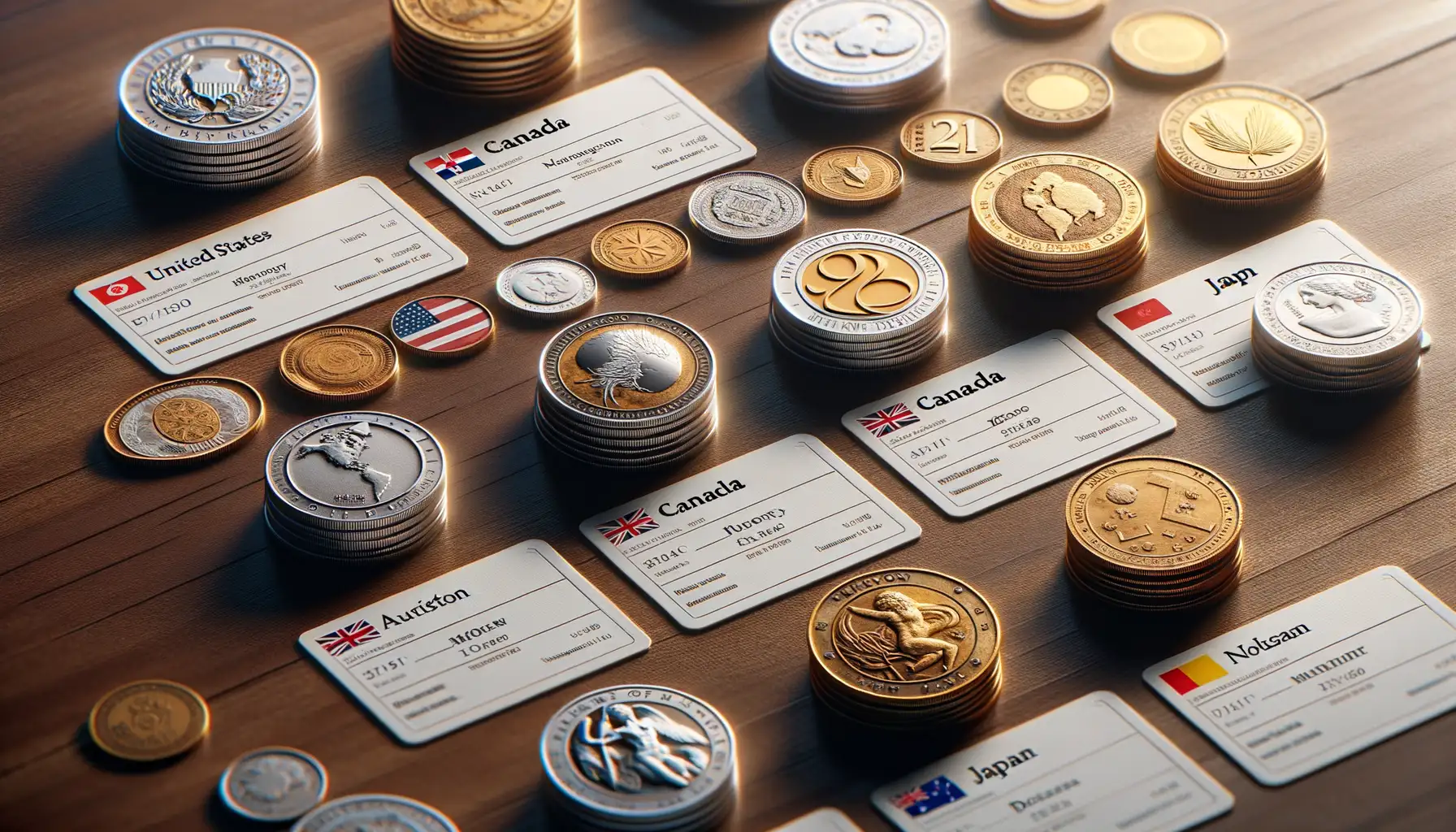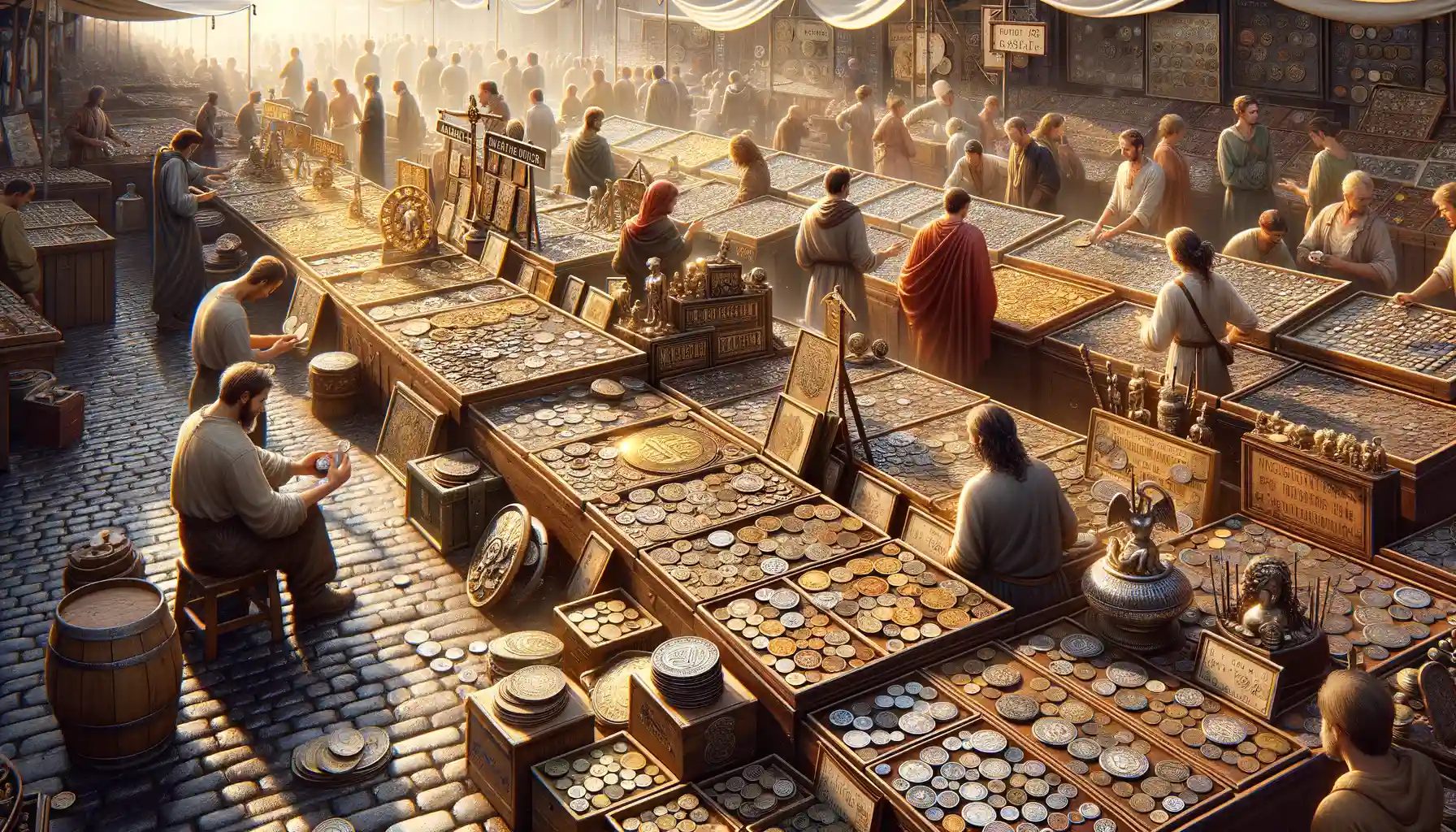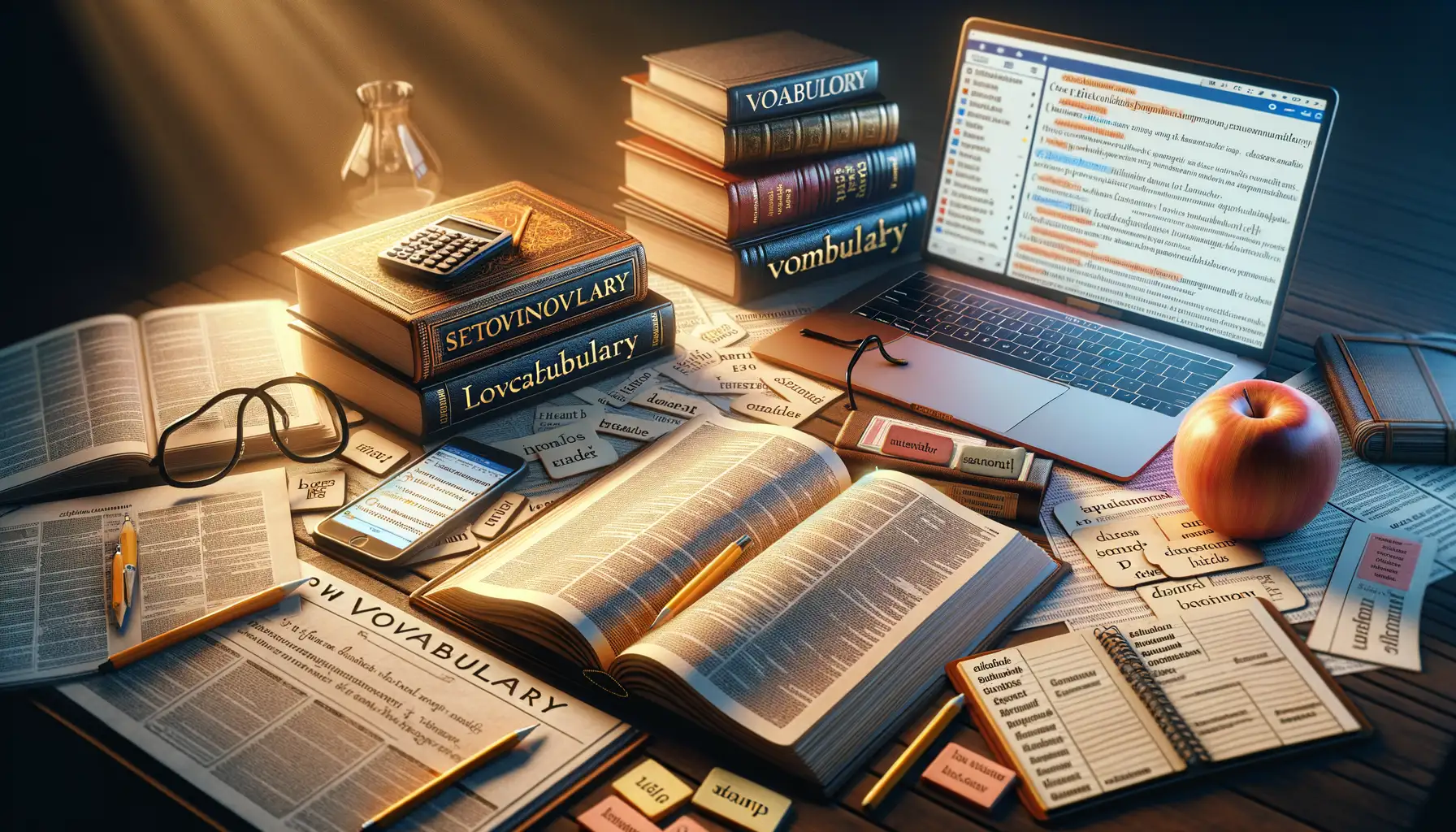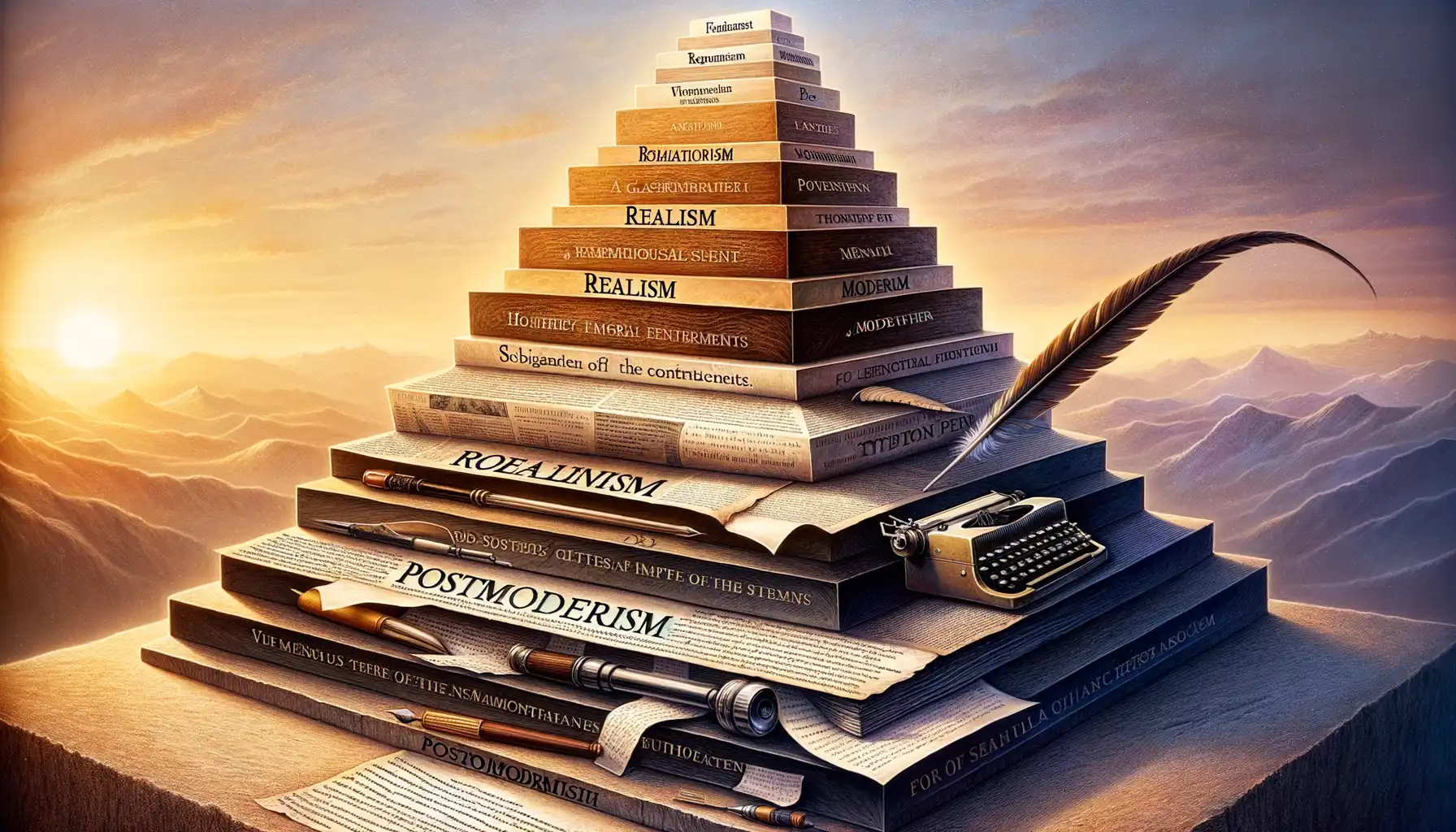Factors That Determine Coin Value
Ever wondered why some coins are worth a small fortune while others barely cover your morning coffee? The value of a coin is like a puzzle, with fascinating factors snapping together to reveal its true worth. Let’s dig deeper so you can spot the hidden gems in your collection!
The Story Behind the Coin: Rarity and History
Every coin tells a story, but rare ones tell the juiciest tales. Rarity is the star player here – the fewer coins minted or surviving, the higher their demand. For example, limited-edition error coins, like the famous “1955 Doubled Die Lincoln Cent,” are sought-after treasures. Combine that rarity with a historical twist – say, a coin minted during wartime or political upheaval – and you’ve got a blockbuster in the numismatic world.
Moments in history add serious weight to a coin’s value. Imagine holding something from 1916, a time when the world was reshaped by World War I. That’s not just metal; it’s living history in the palm of your hand.
Condition and Aesthetic Appeal
A coin’s condition often acts as a first-impression handshake. Even a desirable design loses its magic if the surface is riddled with scratches. Collectors assign grades from “Poor” to “Mint State”, using magnifying tools like detectives on a mission. Bright luster, crisp details, and minimal wear make a coin stage-ready!
- Proof coins: Polished perfection created for collectors.
- Tarnish or patina? Sometimes it adds charm; other times, it kills the vibe.
- “Bag marks” from jostling in mint sacks can lower appeal.
Remember – it’s not just about age; even a newer coin sparkles in high-quality condition. What’s sitting in your pocket change might surprise you!
List of the Most Valuable Coins Currently in Circulation

Hidden Treasures in Your Pocket Change
Imagine this: a single coin jingling in your pocket could be worth far more than its face value. Yes, the kind of money that might make you gasp! Some coins currently in circulation are true gems, sought after by collectors willing to pay top dollar. Intrigued? Let’s dive in!
Here’s how ordinary-looking coins can turn extraordinary:
- 1969-S Lincoln Penny (Doubled Die Obverse): What looks like an everyday penny could actually be worth tens of thousands of dollars if it features the famous “doubled die” minting error. Look closely at the date and inscriptions—they appear slightly doubled, giving this coin its magic.
- 2004-D Wisconsin State Quarter (Extra Leaf): A quirky error added an extra “leaf” to the corn stalk on some quarters. Depending on its condition, this mighty little quarter can fetch hundreds!
- 1995 Doubled Die Cent: Another “oops” at the mint created a distinct doubling, especially on “LIBERTY” and “IN GOD WE TRUST.” Keep an eye out—this penny’s value ranges between $50 and $1,500.
Modern Coins That Spark Collector Frenzy
Modern coins aren’t exempt from the spotlight. Take the rare 2000 Sacagawea Dollar with a Mule Error. It resulted from a mismatched die pairing, creating a hybrid coin. Value? Around $100,000!
Or maybe you have a 1972 Eisenhower Dollar (Type 2 Reverse), identified by subtle Earth design differences in the reverse globe. This isn’t just a dollar; it’s a jackpot worth thousands.
Check your pockets, jars, and glove compartments—valuable coins are hiding everywhere! Could one of these be your golden ticket?
How to Identify Valuable Coins in Your Collection

Spotting Hidden Gems in Your Coin Collection
Imagine your coin collection as a treasure chest—how do you know which pieces are gold and which are just glitter? Identifying valuable coins isn’t about luck; it’s a skill, and I’m here to guide you through it.
First, grab a magnifying glass (yes, it’s cliché, but you’ll feel like Sherlock!) and look for the details. Does the coin have unusual markings, errors, or a rare mint year? For example, a simple 2000 Sacagawea dollar could be worth thousands if it has a “Wounded Eagle” die error.
Here’s a quick checklist to start sleuthing:
- Mint marks: Coins from certain mints (like Denver or San Francisco) can be rarer.
- Condition: Pristine coins with no scratches fetch higher prices—think “straight out of the vault” quality.
- Year: Some dates scream “collector’s item”—1794, 1909, 1969 (go ahead, Google why).
And don’t forget the story! Does your coin whisper a tale of historical significance? A simple penny from the early 1900s might connect you to a pivotal moment in history—or a time when copper was worth its weight in gold. Keep your eyes, and imagination, wide open.
Tips for Preserving and Increasing the Value of Coins

Handle Your Coins Like Tiny Treasures
Imagine holding a window into history right in your palm—how amazing is that? But here’s the thing: coins are delicate little storytellers. To keep their value intact (and maybe even boost it), you’ll need to treat them with care. First and foremost, avoid handling coins directly with your fingers. The oils on your skin can leave invisible but damaging marks that will reduce their allure—and their price tag. Use soft cotton gloves instead, or hold the coin by its edges.
When you’re storing them, don’t toss them into a drawer where they’ll jostle together like loose change in your car. **Invest in a proper coin album or an airtight case**. These protectors keep out dust, moisture, and scratches, acting like a suit of armor for your collection.
- Store coins in a cool, dry place—humidity is the silent killer of coin brilliance, causing corrosion over time.
- Avoid harsh cleaning chemicals; they might ruin the natural patina collectors love. If cleaning is absolutely necessary, a gentle rinse with distilled water works wonders.
Understand What Makes Your Coin Special
Ever seen two seemingly identical coins, but one sells for a fortune while the other couldn’t buy you a cup of coffee? That’s because rarity, condition, and historical quirks influence value in surprising ways. Knowing these details about your coins is key to preserving their worth.
For example, a small scratch or smudge may seem harmless, but on a highly sought-after coin, it can mean the difference between hundreds and thousands of dollars. Don’t let ignorance shortchange you! Keep records of each coin’s origin, mint year, and any unique features. Whether it’s an unusual misprint or a limited edition release, those quirks are your ticket to a higher valuation.
Finally, never underestimate the power of expert advice. Visit numismatic forums, connect with collectors, and learn from appraisers—they’ll help you see your collection in a whole new light.
Where to Buy or Sell Valuable Coins

Discovering the Perfect Spot for Coin Trading
When it comes to buying or selling valuable coins, you’re not just conducting a transaction—you’re stepping into a world of history, artistry, and a little bit of treasure hunting. The right spot can feel like finding a gold nugget in a stream, so let’s dive into where collectors and investors strike coin-deal gold.
For starters, local coin shops are like cozy neighborhood cafes for numismatists (yes, that’s the fancy word for coin enthusiasts). Here, you can talk directly with experts, hold the coins in your hands, and maybe even stumble upon a rare find tucked away in their collection.
Prefer digital avenues? Online platforms like eBay, Heritage Auctions, and Apmex are bustling marketplaces where rare coins are bought or sold with competitive bidding wars. But beware: the internet, much like an uncharted jungle, has its share of traps. Always verify sellers’ reputations and keep a sharp eye out for counterfeits.
- Coin shows: Traveling exhibits full of passionate traders, the thrill of the hunt is real here.
- Specialized auction houses: Think Christie’s or Stack’s Bowers for top-tier treasures.
Whichever option you choose, trust your instincts and do your homework—your next prized coin could be one purchase away.





